On July 17, 2020, John Lewis died in Atlanta, Georgia. Don’t know who John Lewis was? I didn’t. Only after his death did I learn what an amazing man he was. In a nutshell, though nothing about this giant of a man could fit in a nutshell, “Lewis … fulfilled many key roles in the civil rights movement and its actions to end legalized racial segregation in the United States.” Also from Wikipedia, I learned that in his later years, Lewis, a Baptist Minister, “was a politician and civil-rights leader who served in the United States House of Representatives … from 1987 until his death in 2020.” And that’s merely the tip of the iceberg of all this Congressman accomplished in his 80 years of life. Reading more about him, would be well worth your time.
While I read about this man, I was in awe of who he was, but what really struck me was his ability to cause “good trouble.” One might be tempted to call him, Mr. Good Trouble. Ever since I read and heard about Mr. Lewis causing “good trouble” I have been cogitating what causing “good trouble” looks like. I mean, doesn’t “good trouble” sound like an oxymoron? It does, at first sight, though of course, there are many folks, among them good, holy men and women, who caused “good trouble” and were even canonized for causing “good trouble.”
Perhaps you can guess where this is going. You might think I’m prejudiced, however, none other springs to mind as a perfect example of someone else who caused “good trouble” than Mary Magdalene whose Feast we celebrated on July 22. Indeed, while reading about John Lewis’s fierce commitment to ending racial segregation, at huge cost to his life, I had to think of my beloved patron who stood by Jesus when he died, who did not run, who was faithful to the end. Who knew a Baptist Minister and a Jewish woman, separated by more than 2000 years, have something in common? Both were extraordinary people who were exceptionally good at making “good trouble.” I mean, think of Mary Magdalene, a Jewish woman, mentioned by name in all four Gospels, not once but twelve times. If that were not enough proof, she is the woman who loved Jesus fiercely and fearlessly, until the bitter end. When the disciples left, after a large rock was rolled across the entrance of the tomb where Jesus was laid, “Mary Magdalene and the other Mary stayed, sitting in plain view of the tomb.” (Eugene H. Peterson; The Message) The disciples left. She remained. Furthermore, as Cynthia Bourgeault conjectures, it was, “No wonder Mary Magdalene came so unerringly to the tomb on Easter morning; she’d stood by in silent, unflinching vigil the whole time Jesus was being laid to rest there. Maybe she never left . . .” (Mary Magdalene: Back to the Gospels July 20, 2020; Center for Action and Contemplation)
And then there is the poignant moment Mary Magdalene’s fierce devotion is reciprocated by Jesus who endearingly calls her by name, “Mary.” This moment sealed their relationship forever. Dissuaded from clinging to him, reassured, confident and radiant, the bearer of stunning news, Magdalene hurried to proclaim to the disciples, “I have seen the Lord.”
Though commissioned by Jesus himself to be his messenger, to be the first Apostle, over the centuries, as well we know, Mary Magdalene was much maligned. Seemingly forever, she was described as a “penitent” or “sinful woman.” Because she was suspect of being a prostitute, Mary Magdalene was depicted as the “sinful woman” who scandalized the Pharisees when she bathed the feet of Jesus. Finally seeing her for who she really was and officially acknowledging her status as the first Apostle only happened in our lifetime.
Similarly, John Lewis was finally honoured by President Obama in 2010 when he awarded him the Medal of Freedom. Despite being brutally beaten as a young man during the riots Mr. Lewis remained steadfast all his life to causing “good trouble.” As he tended to say, “I was in bad shape. I had concussion. I thought I was going to die. I thought I saw death. But with … the help of the Almighty, I’m still here.” (Democrat & Chronical) None of this, however, deterred him to stand up and cause “good trouble” all his life. What about Mary Magdalene? I would say unwittingly she, too, caused “good trouble.” Far reaching “good trouble,” and with the help of the Almighty, she is also very much still here.
Recently, I watched the Mass for the Feast of Mary Magdalene on TV. Fr. Henk van Meijel, SJ, the celebrant, spoke eloquently about Mary Magdalene, pointing out that she was not only an admirable woman, but that she in fact represents all women in the Church, making her feast a celebration of all women, “who are the pillars of the church, women who always pick up the pieces.”
I would like to add that, like Mary Magdalene, many women quietly go about “causing good trouble” in multiple ways. All of us probably are blessed to know many such women who, without much fanfare, “cause good trouble” which often goes unnoticed and at other times speaks loud and clear for all to hear.
-Sister Magdalena Vogt, cps








